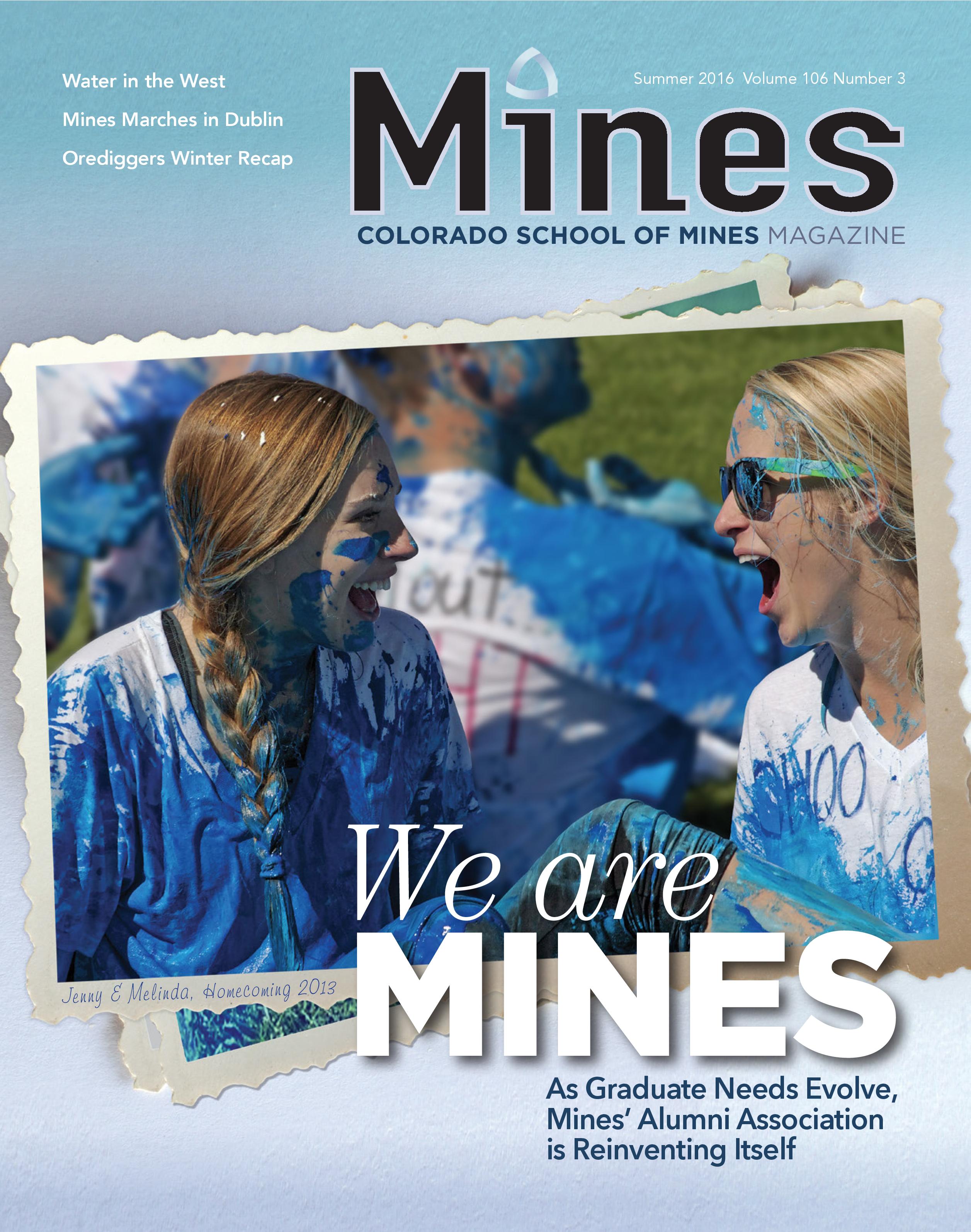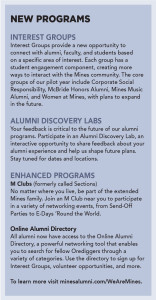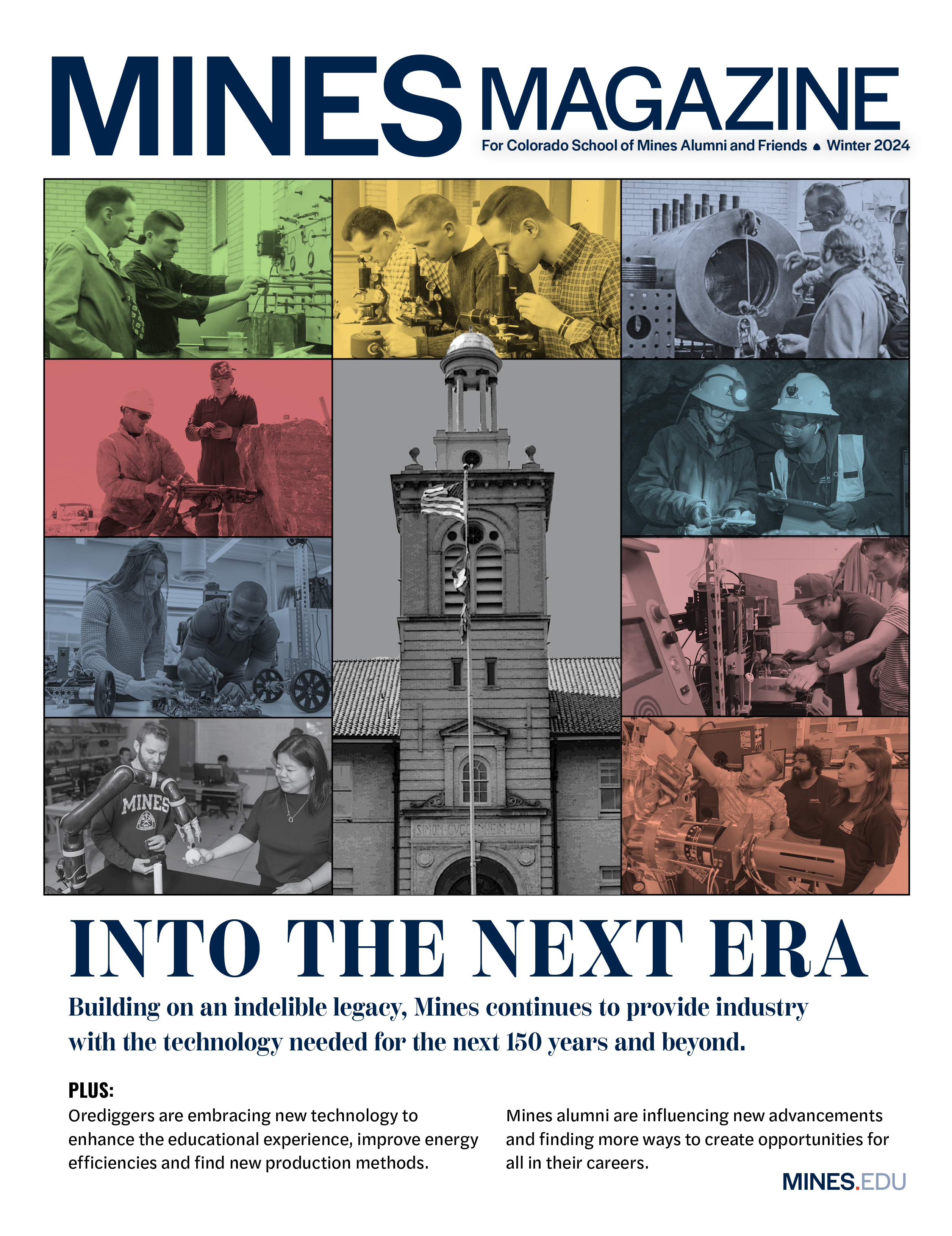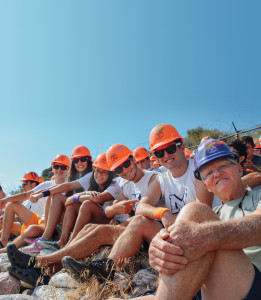
Having missed out on the tradition during his freshman year at Mines, Ed May ’65 (far right) joined incoming students in the 2015 M Climb. (Credit: Kathleen Morton)
As Ray Priestley ’79 left the Green Center auditorium on graduation day back in 1979, he clutched his shiny silver diploma tightly and had a thought shared by many of his fellow graduates that day: Get out fast, and don’t look back. “The thought at the time was, ‘You don’t want to stick around too long, or they might take your degree back,’” jokes Priestley, recalling a grueling academic schedule, little time for extracurricular activities, and an intimidating faculty and administration. Just a few days after graduation, he left for a job in Oklahoma, didn’t step foot on campus for years, and didn’t find his way to the Mines Alumni Association (CSMAA) for decades. “For a while I didn’t stay connected, and I didn’t think that much about what got me to where I am,” admits Priestley, now president of the CSMAA Board of Directors. “Honestly, I took Mines for granted.”
Fast forward to today, and the face of Mines alumni is changing radically, with many grads—eager to network in a tight job market and stay in touch with the newly enriched campus life—reaching out to their fellow alumni the day they graduate. More than 60 percent of Mines’ 26,000 alumni are now under the age of 40, and about a quarter of graduates are women. Many hail from other countries. And many turn to Facebook or Twitter to keep tabs daily on their alma mater and those who attended, rather than stay in touch via the occasional reunion cocktail hour.
To better cater to this new generation, and to operate more efficiently in an era of tight budgets, the 120-year-old CSMAA is, like many alumni associations nationwide, reinventing itself. As of July 1, 2016, the association no longer requires
alumni to pay membership dues. Instead, every Mines graduate will become a member automatically: no dues required.
Alumni staff have been restructured too, with the editorial staff of Mines magazine and a soon-to-be-hired Executive Director of the Mines Alumni
Association employed by the school, and the remaining CSMAA staff employed by the Mines Foundation. Most importantly, the association is
rolling out a host of new offerings, from mentorship programs that match current students with alumni in their fields, to Interest Groups that enable alumni, students, and faculty to connect based on an area of common interest.
“Thirty or 40 years ago people would graduate, not want anything to do with Mines for 10 years, then slowly find their way back. The younger alumni want to be connected as soon as they walk out the door,” says Mines president Paul C. Johnson. “These changes will help the alumni association focus on what it’s most excited about: engaging with those students and alumni.”
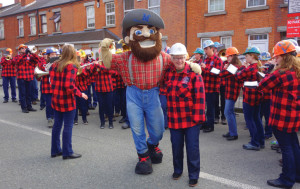
The Mines music program provides an opportunity for students and alumni to travel and perform together in international locations. In the image above, Catherine Skokan ‘70, MS ‘72, PhD ‘75 poses with Marv the Miner while the Mines Marching Band prepares for their march in the 2016 St. Patrick’s Day parade in Dublin. (Credit: Dennis Rhoads)
A New Era for Alumni Associations
CSMAA is among a growing number of alumni associations nationwide having to retool in the face of changing alumni demands. “In general, alumni associations are becoming dinosaurs,” says higher-education fundraising consultant Jack Miller, of the Fort-Collins based Miller Group. “They will
continue to be out there, but in order to succeed they will have to be in a different form.”
Miller says the millennial generation (born between the 1980s and 2000) is generally less interested in joining formal groups and less willing to pay annual fees. And with the rise of social media, they can stay in touch with college peers without joining an alumni association. “They don’t need alumni reunions as much because they have a reunion every day on Facebook with the people they care about.” To address these changing demands, he says, alumni associations must bolster their social media presence and give their young alumni frequent opportunities for professional networking and career development.
Mines is doing just that, initiating four new interest groups— Corporate Social Responsibility, McBride Honors Alumni, Mines Music Alumni, and Women at Mines—to enable alumni to connect around a common interest. CSMAA will also bolster support for and expand its 55 sections (now called M Clubs) around the country and world.
“Mines is constantly changing and evolving. We want to use the M Clubs as platforms to re-engage and update alumni on how they can be involved in what’s happening and empower them to be ambassadors for the school,” says Janet Preloger, assistant vice president of constituent relations for the foundation.
Historically, most alumni associations operated as independent nonprofits, with their own budget and staff and funded primarily via dues with a little help from the university they served. But as annual dues have become challenging for associations to collect, many cash-starved alumni groups have
merged with their school or foundation. According to a 2016 survey of nearly 500 U.S. schools by market research firm Alumni Access, 68 percent of alumni associations are now fully integrated with their school’s fundraising and development departments, and 74 percent now have no-dues models.
Mines is now part of that trend. Under the new no-dues model, its membership will automatically increase from 6,188 to more than 26,000. Its new partners at the school and foundation will cover its budget and handle many of the association’s administrative tasks, like accounting and human resources. “Without having to shoulder that responsibility, we can focus on connecting people more to each other and to the school,” says CSMAA board member Aprill Nelson ’08.
When Nelson arrived on campus as a student in 2004 to participate in the McBride Honors Program, she was nervous about leaving her family back in Houston. But within months she felt at home. “Mines became a second family to me,” she says. Before she even donned her cap and gown in 2008, she donated $1,000 and became a lifetime member of CSMAA. One year ago, she joined CSMAA’s Board, offering the perspective of a young, African-American female familiar with the realities of today’s job market.
“It used to be that you would start with a company and be there for 20 years. Now, it is maybe three to five years. You move around a lot more,” says Nelson, who has worked with Scotiabank and Swift Engineering as a reservoir engineer and is currently between jobs. “Having the opportunity to chat with alumni who have been around and are more seasoned can be hugely helpful.”
Kim (Tony) Hyung, a senior at Mines, agrees and is working to create more opportunities for young Mines alumni to share their wisdom not only with fellow alumni, but also with current students. During his sophomore year, Hyung was struggling with self-doubt and contemplating a switch from petroleum engineering—his lifelong dream—to mechanical engineering. One evening he heard Priestley, a petroleum engineer, speak at a
networking event and cornered him afterward to ask him what his career had been like. “He told me he had struggled at times, too, but that if I was passionate about it, I should stick with it. If I hadn’t talked to him that day, I would be in a really different position right now,” Hyung says.
Hyung, current president of the Student Alumni Association, is now working with CSMAA to craft a pilot mentorship program, which will formally match current students with select alumni mentors, starting this fall. Hyung would also like to see alumni of all ages gather in person with students for social functions.
President Johnson shares that vision. “Most of the engagement with the alumni association has historically been on the front end, in terms of send-off-parties as students head off to Mines, or years later as the alumni association catches them after they graduate” he says. “I would love to see more alumni engagement with students while they are here.”
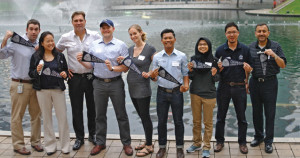
Mines alumni from the Kuala Lumpur M Club celebrate E-Days ‘Round the World. (Credit: Amy Schneider)
Big Changes, Bright Future
CSMAA board members involved in hashing out the details of the transition concede that the merging of the alumni association with the school and foundation has not been without hurdles. When the idea of joining forces emerged, it was met with opposition by some long-time alumni. “This is a huge change, and there has been a contingent that is averse to it,” says Cooper Swenson ’04, a former board member. Swenson noted that even one year ago, he was opposed to the merger, but he has since changed his mind.
Under the plan they came up with, CSMAA remains an independent 501(c)(3) nonprofit with its own clear mission (i.e., to engage with students and alumni). Meanwhile, the alumni association will continue to have significant oversight of Mines magazine through the editorial board. “I feel like when we finally all shook hands, it was a huge success,” says Swenson.
Priestley agrees. “Transitions are never easy, but now we can really see momentum building,” he says. “We have this amazing opportunity to expand the alumni network and do great things now. It’s an exciting time for Mines alumni and for Mines.”

